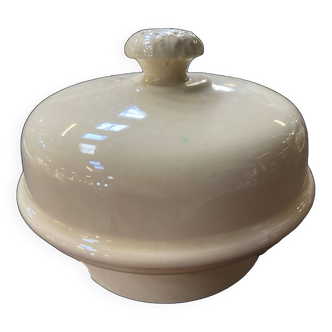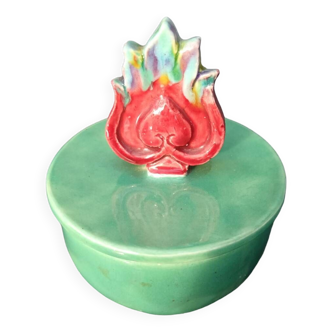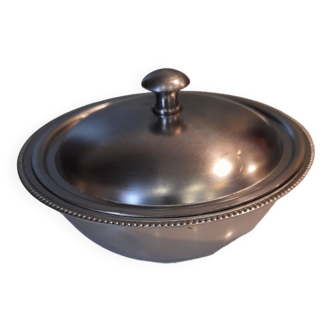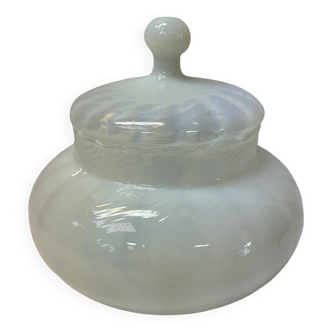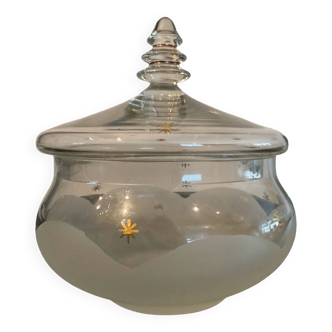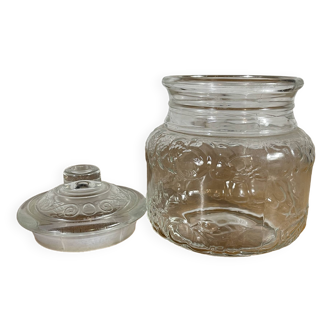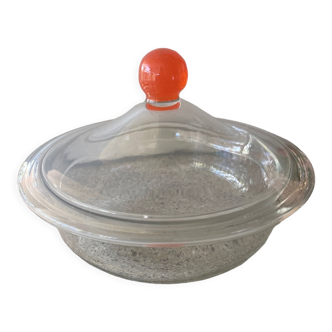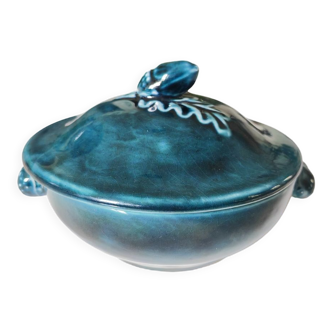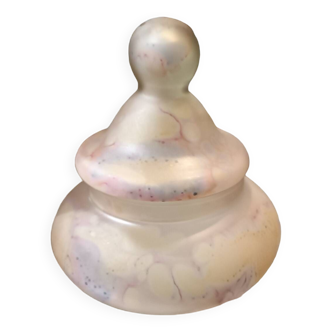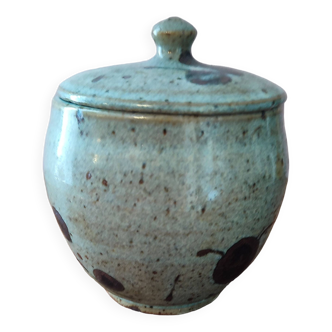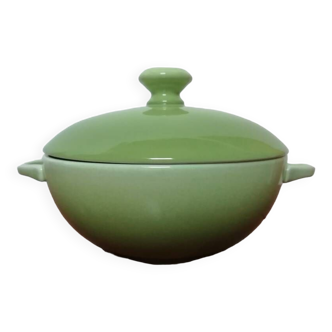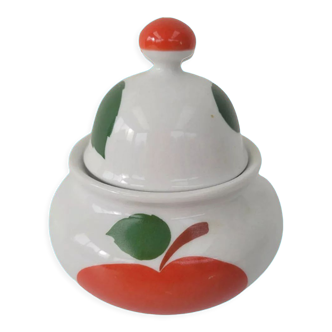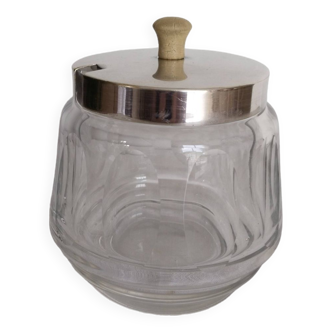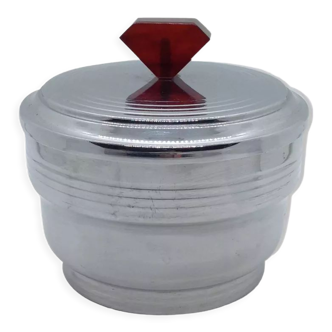Opalescent Molded Glass Elephant Candy Box - Etling - Period: Art Deco
🙈 Oops, this product is already sold or unavailable. Discover our 1500 new products or products similar to this item !
- Dimensions :
- H16 x W15 x D15
- Color :
- transparent
- Material :
- glass and crystal
- Style :
- art deco
Lovely candy dish in pale blue opalescent pressed molded glass with elephant decoration on the lid, from the “etling” house, founded in 1909 by Edmond Etling and located at 29 rue du paradis in Paris. Period: 20th – art deco. Dimensions: height: 16cm – diameter: 15.2cm. Numbered: 304. Signature: etling. Edmond Etling is a Parisian dealer in decorative art objects, who excelled in the 1920s-1930s in France. He had 2 fundamental principles, firstly to always be. “in taste” and on the other hand, engage fashionable artists. The house of etling, retailed exclusive, high-quality decorative objects in the 1920s and 1930s. Etling was one of the most active publishers in the field of sculpture, glass and ceramics during the intervening years. -wars. Although best known today for its glass, Etling commissioned objects in a range of materials, which were sold in the boutique on Rue de Paradis. Under the artistic direction of mr. Dreyfuss, the company published most of the sculptures of Chiparus, Colinet and Descomps, among others, as well as some models from a large number of sculptors, including Gallo, Mimo, Callender and Faguays. Although Etling has its own foundry, the company works closely with the Parisian firm J Lehmann's Nephews, which has cast a number of more complex sculptures of Chiparus and others. The glasses are made at the Choisy-le-Roi glassworks, in the suburbs of Paris. Etling glass was known for its pale blue opalescence - it was considered a product of Lalique and Sabino, but also Loetz, Beal and many others. Models were made for etling, bearing his name. Some of Etling's opalescent glass figurines were reissued in frosted glass by Sèvres in the 1970s, using some of the many original molds left behind.












